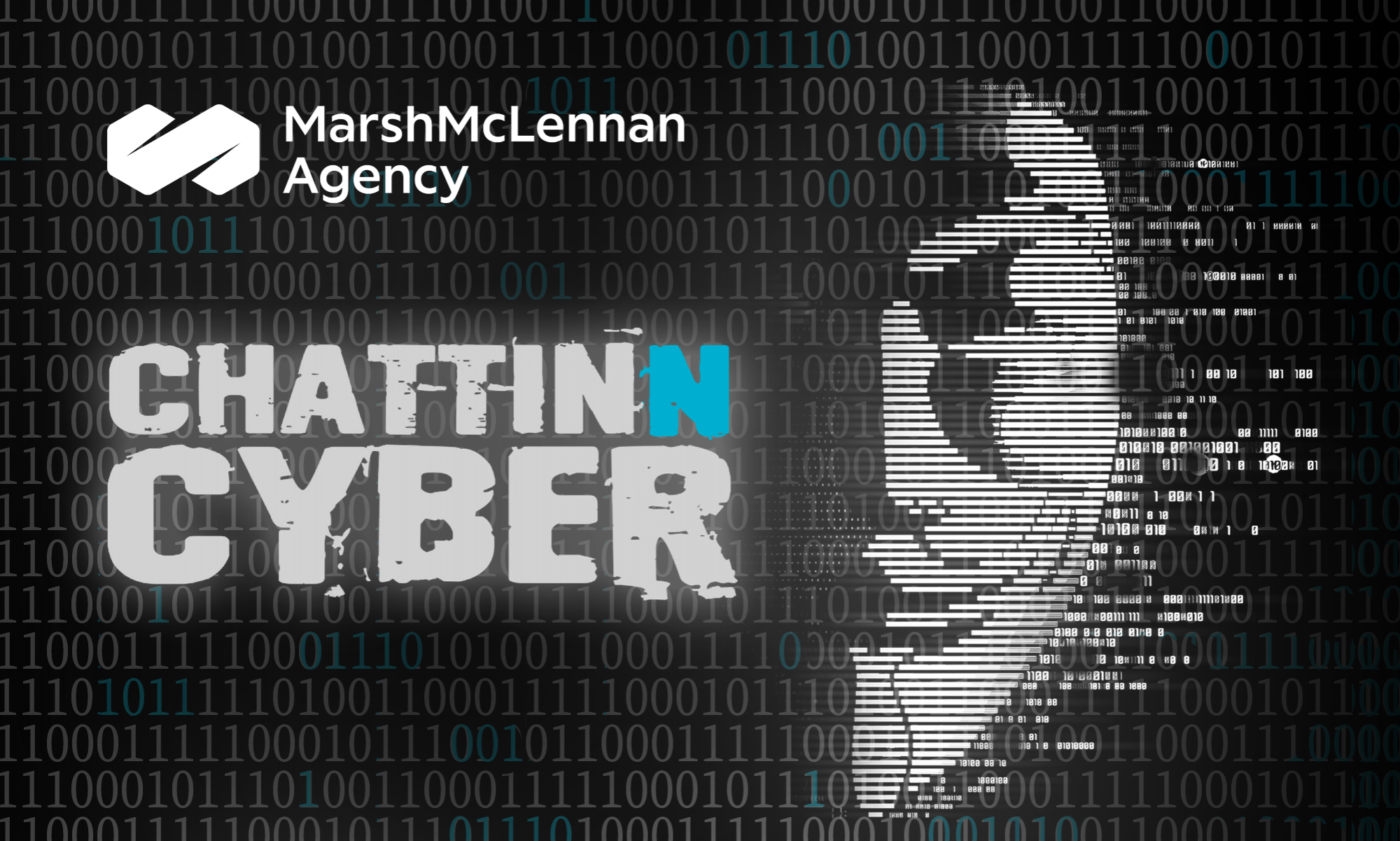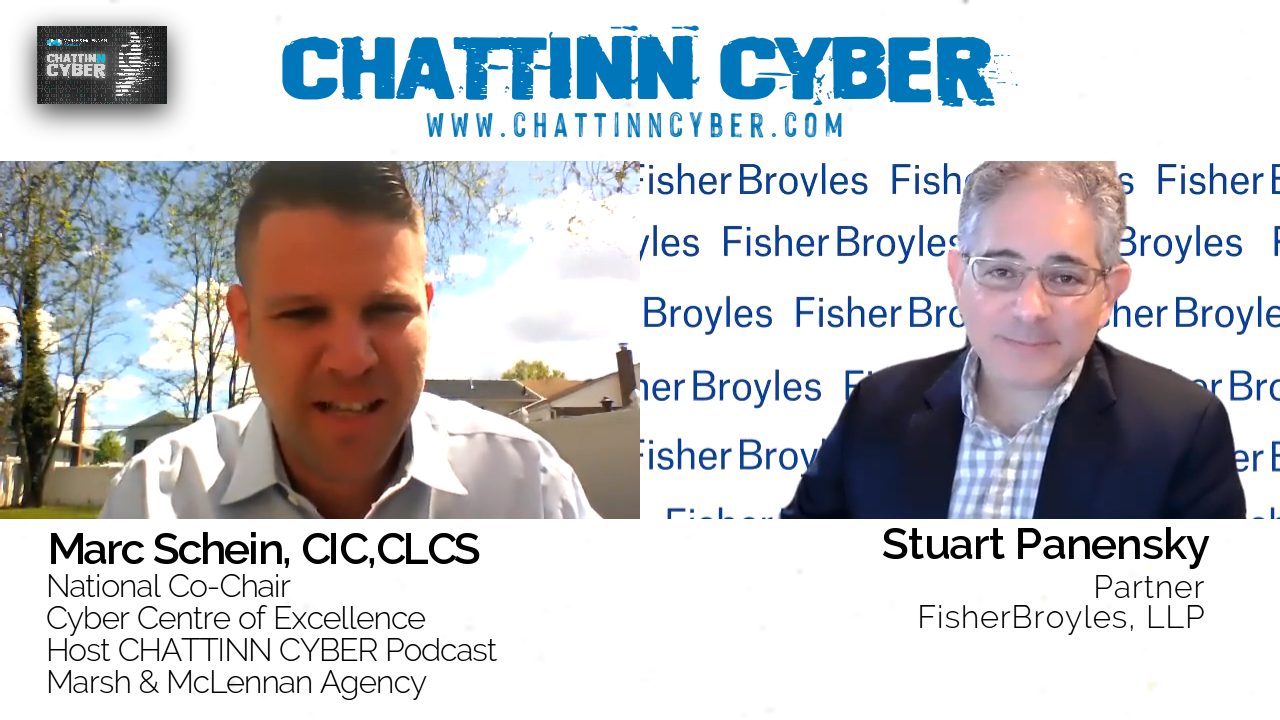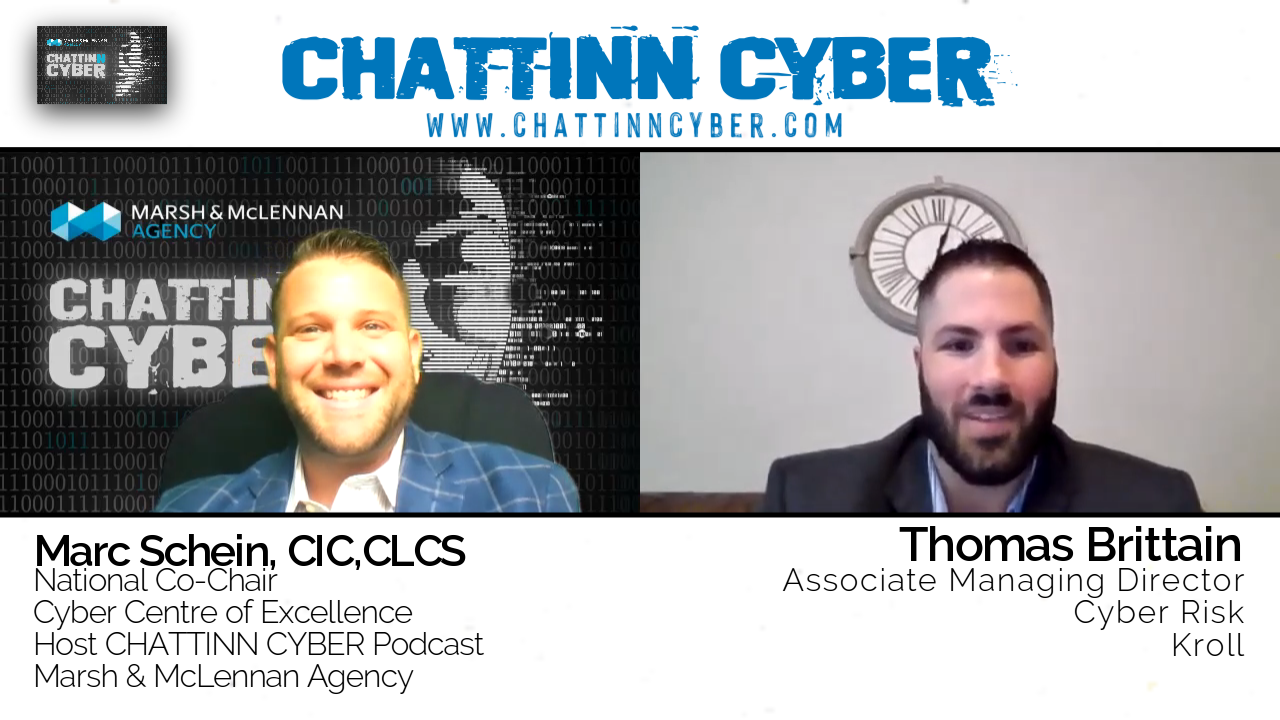Podcast: Play in new window | Download (Duration: 20:57 — 19.2MB)
Subscribe: RSS
In this episode of CHATTINNCYBER, Marc Schein interviews Stu Panensky, an experienced Privacy business attorney and commercial litigator. Stu’s law firm FisherBroyles has been established in 22 cities today. The world’s first and largest nontraditional law firm stands apart from the rest for two reasons- neither does it have any brick and mortar space nor any inexperienced associate lawyers.
Today, Stu narrates his story of being an expert practitioner in #cyberlaw. He started his cyber journey a jersey boy from the northeast. Stu did not go to law school to master cyber law. He cites two incidents that introduced him to the world of technology –
- The first was when one of Stu’s senior colleagues decided to do a book on insurance coverage for technology. It allowed Stu to learn about the history of insuring technology assets and the issues that came along with it.
- Stu worked as an architect and engineer liability lawyer, where he had to handle claims of technology and algorithms. He found this very interesting and challenging. Thus, cyber tech had become his area of focus.
Stu also talks about the changes in cyber and tech in the past decade. Earlier, only a few people knew about the cyber world, and even then, it needed explanation. But now, after ten years, everyone is aware of cyber insurance, thanks to news and media. The concept has become popular and far more sophisticated than how it used to be.
Stu chats about the challenges faced by higher education leadership teams understanding cyber risks – data, technology, and the nature of schools being the pain points in the work from home scenario today.
A privacy standpoint is necessary at higher levels of education. Schools need to audit and see whether the policies in their student handbook match with what they are delivering.
Tune in to learn from one of the industry’s most sought-after leaders, Stu Panensky, today!
Highlights:
“The cyber insurance industry has a particular focus on cyber insurance and the issues are well known. And so it’s become a business peril.”
“I think almost every ransomware case we had in 2020 involves data exfiltration. It didn’t used to be like that at all. The extortions themselves are far larger now.”
“We love corporate privacy here at FisherBroyles, we have a really deep bench of corporate privacy lawyers. So we do all the website compliance, the terms and conditions, the privacy policies, we do the employee handbooks, the proactive corporate privacy, governance type of work.”
“Every case is different, and that’s why this is such an awesome practice because it really is sort of a new one every time; even in the business email compromise, which is probably the most routine matter that we get. Every system is different.”
“I think schools need to audit and see whether the policies in their student handbook match with what you are technically and technologically able to deliver.”
“It really has to do with the unique nature of FisherBroyles. FisherBroyles is the world’s first and largest nontraditional law firm. We’re in 22 cities in the US, we’re in London, and we’re growing.”
Time-Stamps:
[00:56] – Stu shares his story of becoming a cyber insurance lawyer
[04:07] – How cyber insurance evolved during the past decade.
[08:26] – The cases cyber insurance deals with.
[11:30] – Challenges faced by higher education around the field of cyber risk.
[18:37] – Stu talks about FisherBroyles
Connect with Stu:
Website: https://www.fisherbroyles.com/
LinkedIn: https://www.linkedin.com/in/stu-panensky-713b149


